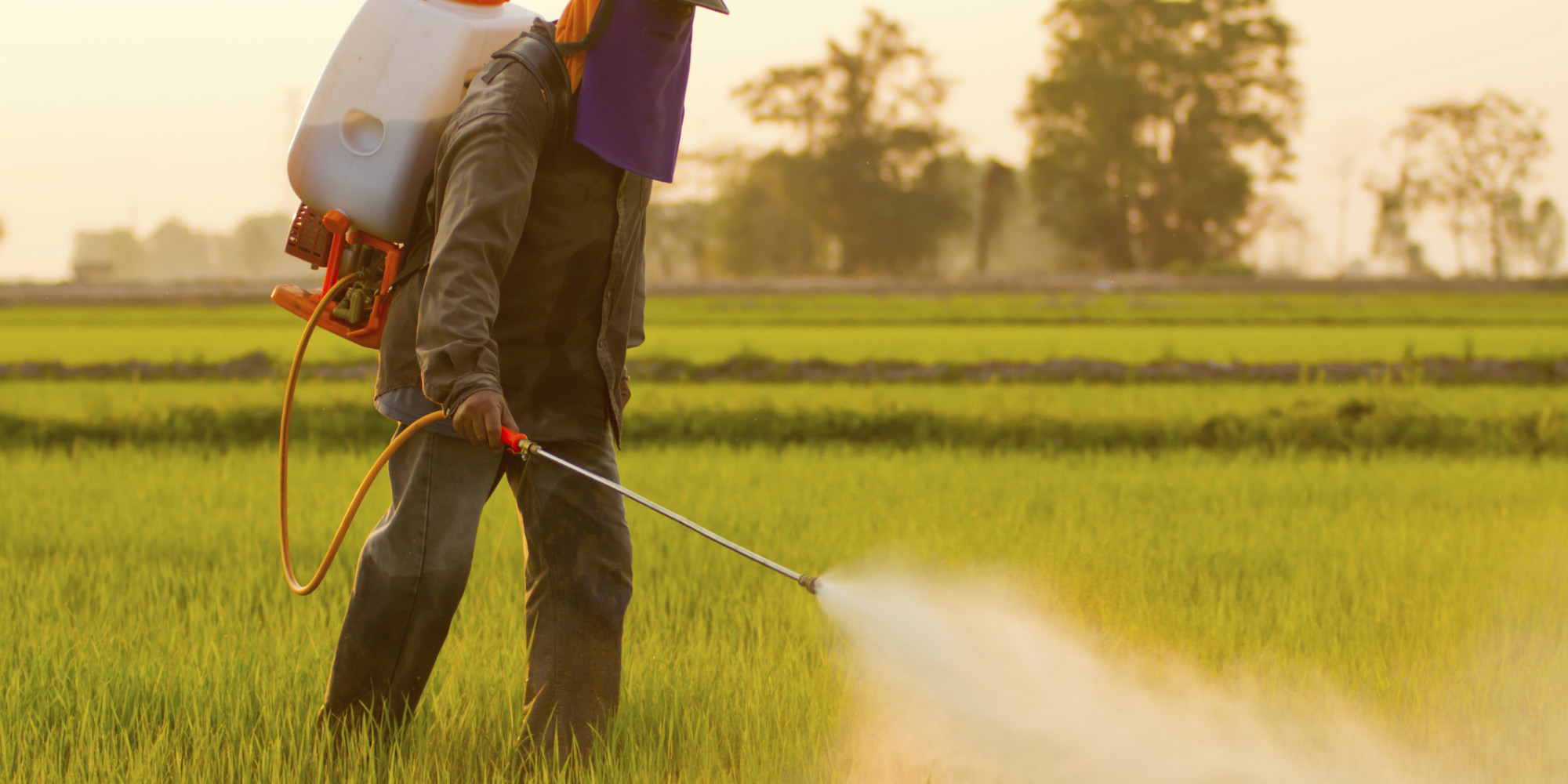Marijuana's Pesticide Problem: Should it be Regulated Like Any Other Product?
While the marijuana industry faces federal illegality and non-recognition, several states have legalized use medicinally and recreationally. Medicinal use is allowed in some form in 23 states; Washington, Oregon, and Colorado have legalized recreational use. On the other hand, it remains a Schedule I controlled substance, meaning that from the federal perspective, marijuana is considered extremely dangerous with (1)potential severe physical or psychological dependence, (2) no currently accepted medical use, (3) federal bans on distribution. With state and local recognition and legalization, however, comes a form of legitimacy that has resulted in legal access and significant growth of the marijuana industry. For people who use marijuana medically, because of the Schedule 1 classification, there is no federal FDA or similar administration or process available to determine safety and efficacy for marijuana that is now being sold legally to the public. Thus, the question is whether and how marijuana should be regulated as a product rather than just a controlled substance, the possession of which is a criminal offense.

Recently, the regulation issue has been raised in regard to the use of pesticides. Spider mites and fungi can ruin a marijuana crop fairly quickly and such ruin can be financially devastating. Because of this, growers are tempted to use pesticides to prevent loss of product. To date, there are no approved pesticides or application limits established for use on cannabis crops by the EPA; all pesticide use on this crop is currently illegal. Nevertheless, pesticides have been found in marijuana quite frequently. In 2009 the Los Angeles City Attorney’s office acquired and tested three medical cannabis samples. Two showed high levels of the pesticide bifenthrin. One was 1600 times the legal digestible amount and the other was 85 times the legal limit.
These types of findings are troubling from a health perspective and suggest regulation is necessary. A recent study on pesticides in cannabis shows that “chemical residues present on cannabis will directly transfer into the mainstream smoke and ultimately the end user.” The study found that when using a hand held glass pipe, between 60.3% and 69.5% of the pesticide was recovered. When using an unfiltered water pipe the pesticide recovery ranged between 42.2% and 59.9%. When using a filtered water pipe, recovery of the pesticide ranged between 0.08% and 10.9%. The study (by Nicholas Sullivan, Sytze Elzinga, and Jeffrey Raber in the Journal of Toxicology, embedded below) concludes that “high pesticide exposure through cannabis smoking is a significant possibility, which may lead to further health complications in cannabis consumers.”
The other aspect of pesticide use is confiscation. Since there currently is no legal use of pesticide on marijuana, such use makes the crop subject to confiscation. For example, recently, more than 60,000 marijuana plants were confiscated and quarantined in Colorado because possible unapproved pesticide contamination.
To address these issues in response to inquiry from Colorado, the EPA recently issued a statement providing a potential path for use of pesticides on marijuana. Under the Federal Insecticide Fungicide and Rodenticide Act (FIFRA) a State may apply for a Special Local Need (SLN) registration and use. To do this the State must show that there are no unreasonable adverse effects on the environment. Further, the EPA provided guidance by suggesting that a State could meet its burden in applying for a SLN by finding a federally registered pesticide with similar uses and using the most recent risk assessment by the EPA to demonstrate no unreasonable adverse effects on the environment. The EPA has declined to comment further however so it is unclear whether this method will actually achieve the desired goal.
Three states, Colorado, Washington, and California have also begun to tackle the problem of pesticides and have issued guidance statements of what may or may not be permissible use. California’s guidance statement provides the following preamble warning. “The following is being provided for informational purposes only and does not authorize, permit, endorse, or in any way approve the use, sale, cultivation, or any other activity associated with marijuana. Any such activity is subject to prosecution under federal law.” It goes on to say, however, that under California law, “the only pesticide products not illegal to use on marijuana are those that contain an active ingredient that is exempt from residue-tolerance requirements; and either Registered and labeled for a use that is broad enough to include use on marijuana (e.g. unspecified green plants); or exempt from registration requirements as a minimum risk pesticide under FIFRA section 25(b) and 3 CCR § 6147. (FAC §§ 12973, 12995; 3 CCR § 6490.)”
Accordingly, it appears that some form of regulation will be necessary to address marijuana as a legal product both for consumer safety and safe use of pesticides to prevent crop damage. The question is what form that regulation will take if federal laws do not change concerning medicinal and recreational use. It also remains to be seen whether an organization independent of the government and market regulation can gain the public trust in terms of proper product handling from plant, to harvest, to use, and give a seal of approval when such processes are formed. Unfortunately, market or self-regulation may be insufficient to address health risks from improper use of pesticides.